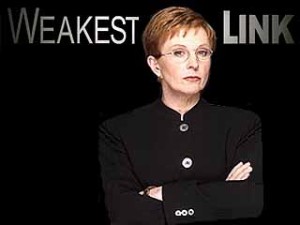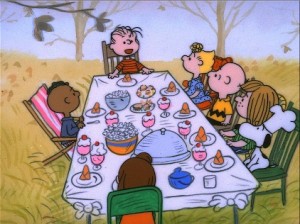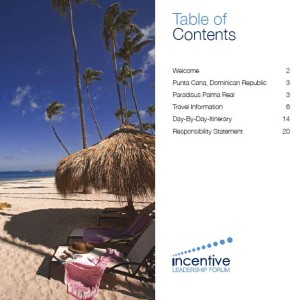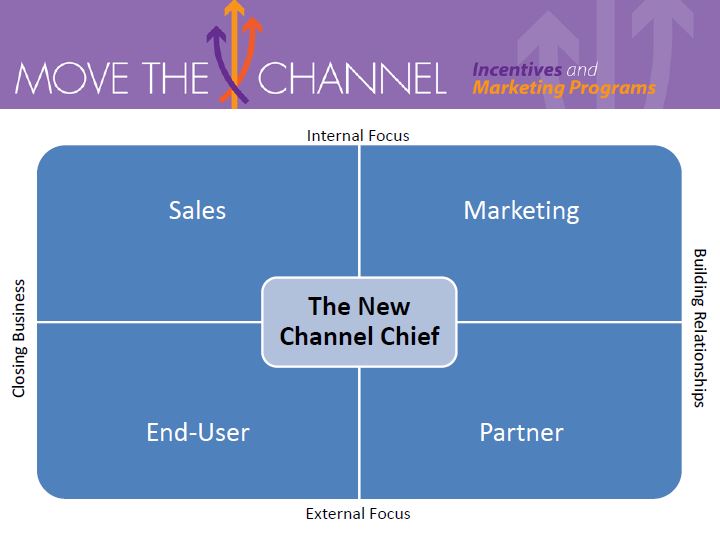 The old model of channel marketing features three main components: partner benefits, sales resources and training, and quarterly goal setting.
The old model of channel marketing features three main components: partner benefits, sales resources and training, and quarterly goal setting.
On the other hand, the new model of channel marketing focuses on channel community/collaboration, educating (not just product training), and motivating the POI (Point of Influence).
Well guess what? The old model is still the foundation for a successful channel. The new way simply AMPLIFIES the old way.
As much as the channel has evolved in recent years, there are still many aspects of it that remain the same. For instance, you still need benefits that offer profitability to the partner at the firm-level. You still need serious ease of selling resources to move the partner’s sales and sales management. You still need clear goals to make sure everyone’s objectives are aligned.
Although these continue to be pillars of a channel partner program, we now find ourselves strengthening and enhancing these areas in new ways.
Program benefits now includes being part of a channel community where ideas are shared, experiences become best practices, and solutions to the end-user are delivered collaboratively.
Time-honored sales resources and training now also tend to include industry knowledge-sharing and value-creation training that is elastic and able to be delivered in timely, relevant “lessons.” The process of “Educating” is developed by the training department but in conjunction with the channel marketing and sales teams that are in the field selling.
Finally, the Partner Firm-level is still typically the target of many incentives and communications; but now we have also extended our engagement and messaging to target the POI (Point of Influence), which is mainly the partner’s sales or sales engineers that interface directly with the end-user customer. Before, it used to be the touch to the POI was with Cash Spiffs. Today, a true engagement and incentive program enables you to reward the partner’s sales people for behaviors that lead to sales or Steps-to-the-Sale (STTS)!
Sometimes the more things change the more they stay the same. Are you embracing the New, or is your channel program just getting Old? Maybe it should be a bit of both. . .
Move the Channel,
Travis
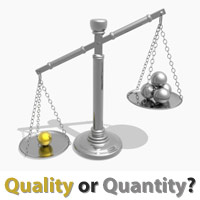
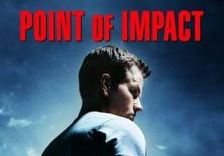



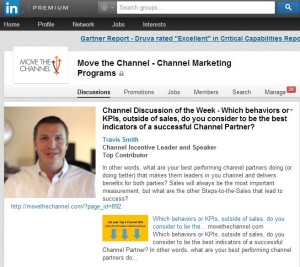
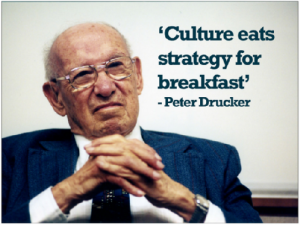




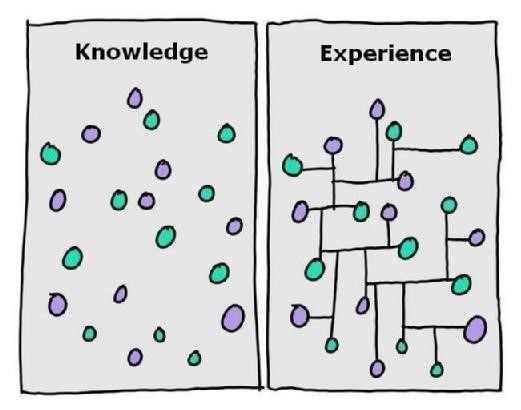
 First to be clear, when I refer to the “weakest link” I am not talking about channel stakeholder but the communication to or engagement of that channel participant.
First to be clear, when I refer to the “weakest link” I am not talking about channel stakeholder but the communication to or engagement of that channel participant.